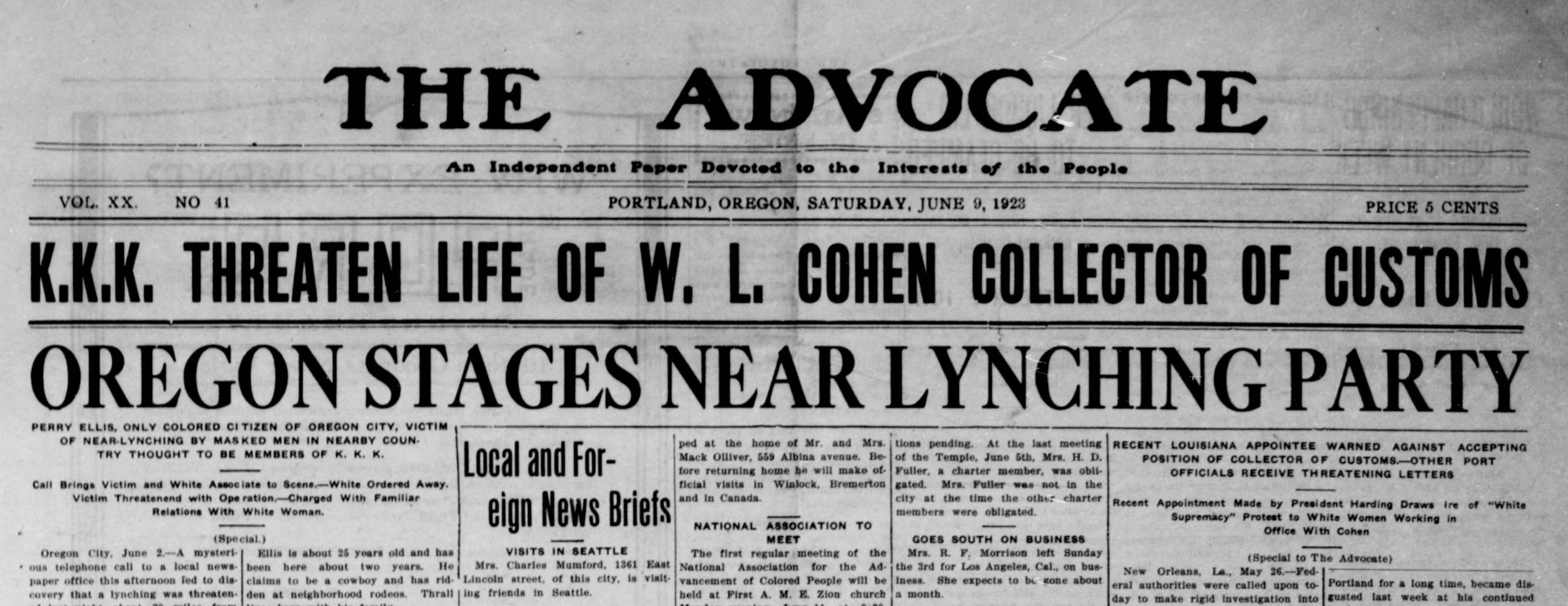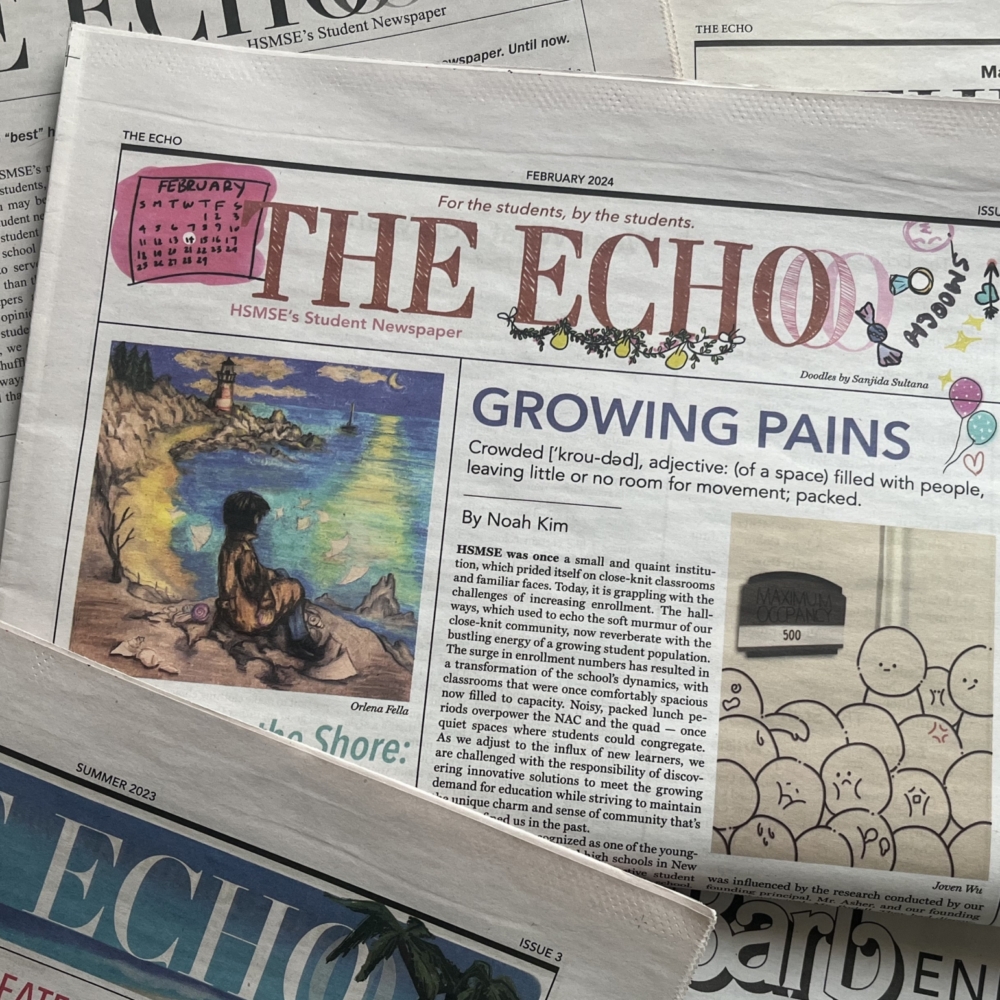Getting The News Articles To Work
Table of ContentsGetting The News Articles To WorkNot known Details About News Articles The 7-Minute Rule for News ArticlesIndicators on News Articles You Should KnowThe Only Guide for News Articles
Good understanding of various topics provides trainees an one-upmanship over their peers. Even though electronic and social networks are conveniently available, we should not neglect how important it is to review the newspapers. Parents have to try and instill the routine of reviewing a paper as a daily regimen to proceed the heritage of the revered print tool.Information stories likewise consist of at the very least one of the following crucial features loved one to the intended audience: proximity, prestige, timeliness, human interest, peculiarity, or consequence.
Within these limits, newspaper article also aim to be detailed. Other aspects are involved, some stylistic and some derived from the media form. Among the bigger and a lot more reputable newspapers, justness and balance is a major variable in presenting information. Commentary is normally restricted to a different area, though each paper might have a various total angle.
Papers with an international audience, for instance, often tend to utilize a more official style of writing. The particular options made by a news electrical outlet's editor or content board are typically collected in a style guide; typical style guides include the and the United States News Style Publication. The main objectives of news writing can be summed up by the ABCs of journalism: precision, brevity, and quality.
How News Articles can Save You Time, Stress, and Money.
Generally, journalists will not utilize a long word when a short one will certainly do. They make use of subject-verb-object building and construction and brilliant, active prose (see Grammar). They supply anecdotes, examples and metaphors, and they hardly ever depend on generalizations or abstract ideas. Information authors attempt to prevent utilizing the very same word greater than once in a paragraph (in some cases called an "echo" or "word mirror").
Nonetheless, headlines in some cases omit the topic (e.g., "Leaps From Watercraft, Catches in Wheel") or verb (e.g., "Feline lady fortunate"). A subhead (also subhed, sub-headline, subheading, caption, deck or dek) can be either a subordinate title under the main headline, or the heading of a subsection of the article. It is a heading that comes before the main text, or a team of paragraphs of the main message.

Additional signboards of any of these types might show up later on in the write-up (specifically on succeeding pages) to attract further reading. Such billboards are additionally used as guidelines to the short article in various other sections of the magazine or site, or as ads for the piece in other magazine or websites. Normal structure with title, lead paragraph (recap in vibrant), various other paragraphs (information) and get in touch with details.

Example of a hard-lead paragraph NASA is proposing an additional room task. The budget demands approximately $10 billion for the task.
An "off-lead" is the second most important front web page news of the day. To "hide the lead" is to start the short article with history information or details of second value to the visitors, forcing them to review even more deeply into a short article than they need to have to in order to discover the important factors.
Some Known Details About News Articles
Usual use is that or more sentences each form their very own paragraph. Reporters normally explain the organization or structure of a news story as an upside down pyramid. The important and most fascinating aspects of a tale are put at the start, with check sustaining details complying with in dig this order of diminishing importance.
It enables individuals to discover a topic to just the deepness that their interest takes them, and without the charge of details or subtleties that they can take into consideration pointless, but still making that info available to much more interested viewers. The inverted pyramid structure also enables articles to be trimmed to any arbitrary size throughout format, to suit the space offered.
Some authors start their tales with the "1-2-3 lead", yet there are numerous sort of lead readily available. This style invariably starts with a "5 Ws" opening up paragraph (as explained over), adhered to by an indirect quote that serves to sustain a significant element of the very first paragraph, and after that a direct quote to sustain the indirect quote. [] A kicker can refer to multiple things: The last story current broadcast; a "pleased" story to end the program.
Longer posts, such as publication cover write-ups and the pieces that lead the inside sections of a newspaper, are understood as. Function stories differ from straight information in a number of means.
Some Known Incorrect Statements About News Articles
A feature's first paragraphs usually relate an intriguing moment or occasion, as in an "anecdotal lead". From the particulars of a person or episode, its sight rapidly broadens to generalizations concerning the story's topic.

The Editor's Toolbox: A find out here now Recommendation Guide for Beginners and Professionals (2001) Allan M. Siegal and William G. Connolly. The New York Times Manual of Style and Use: The Authorities Design Overview Made Use Of by the Writers and Editors of the World's A lot of Authoritative Newspaper (2002) M. L. Stein, Susan Paterno, and R.